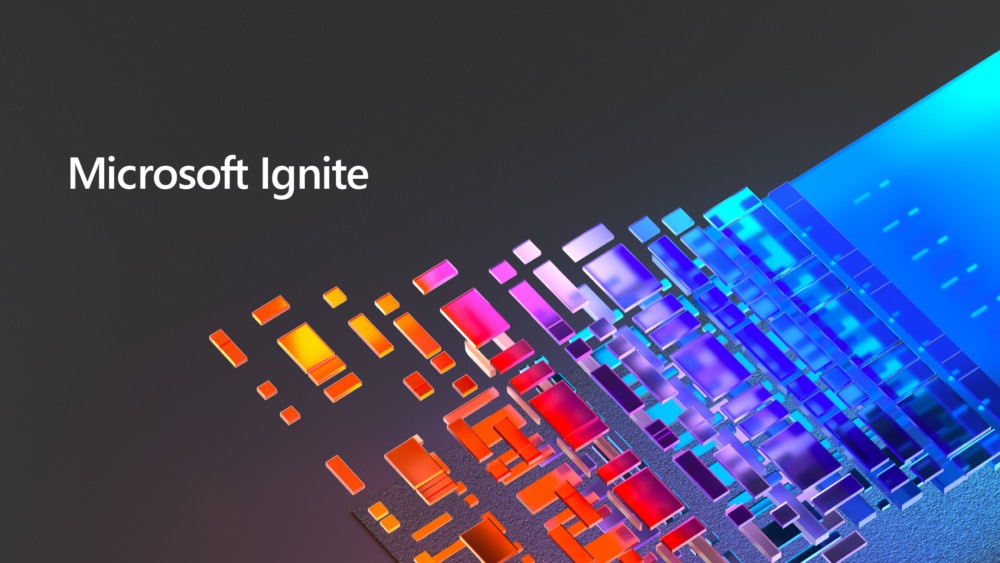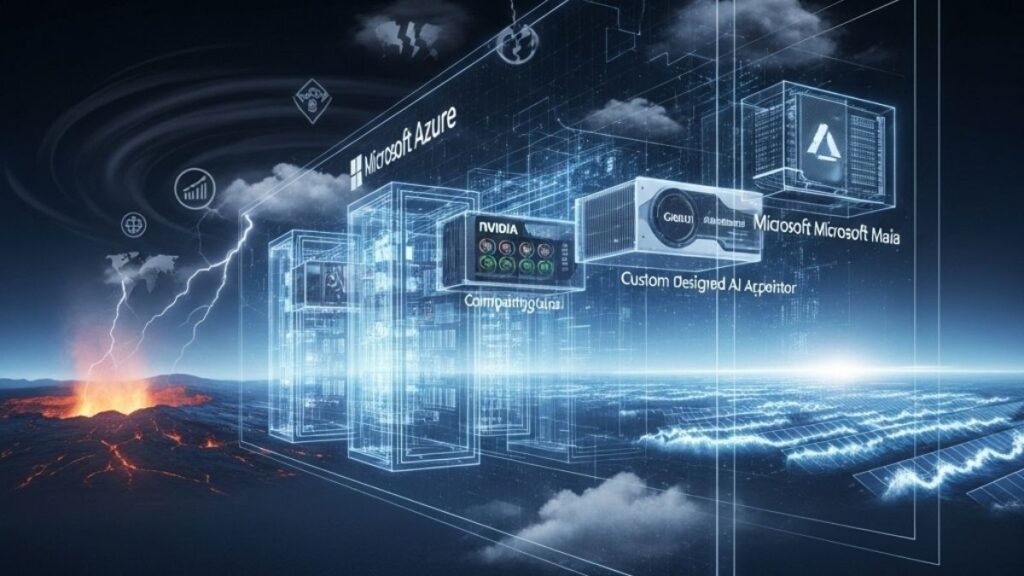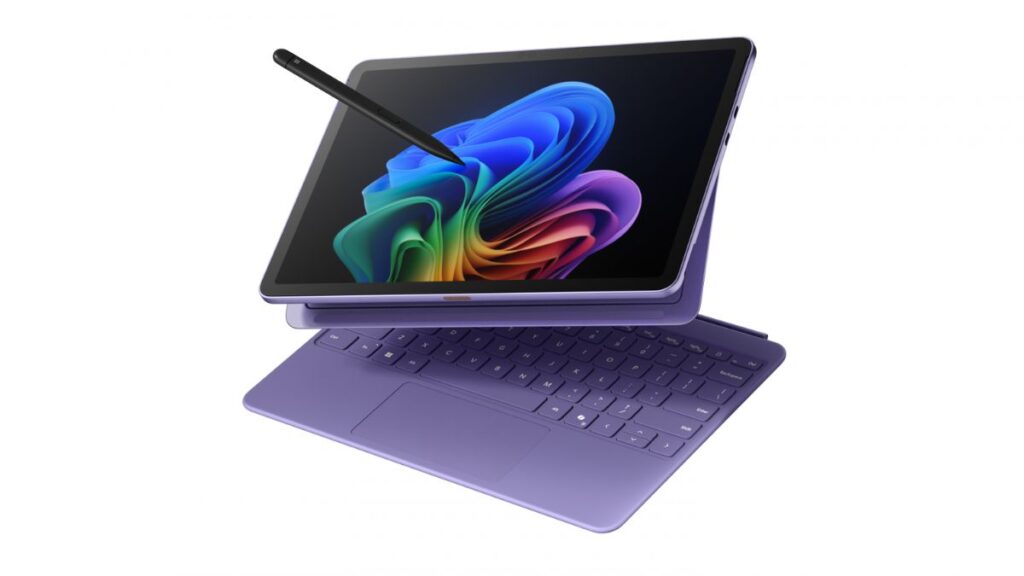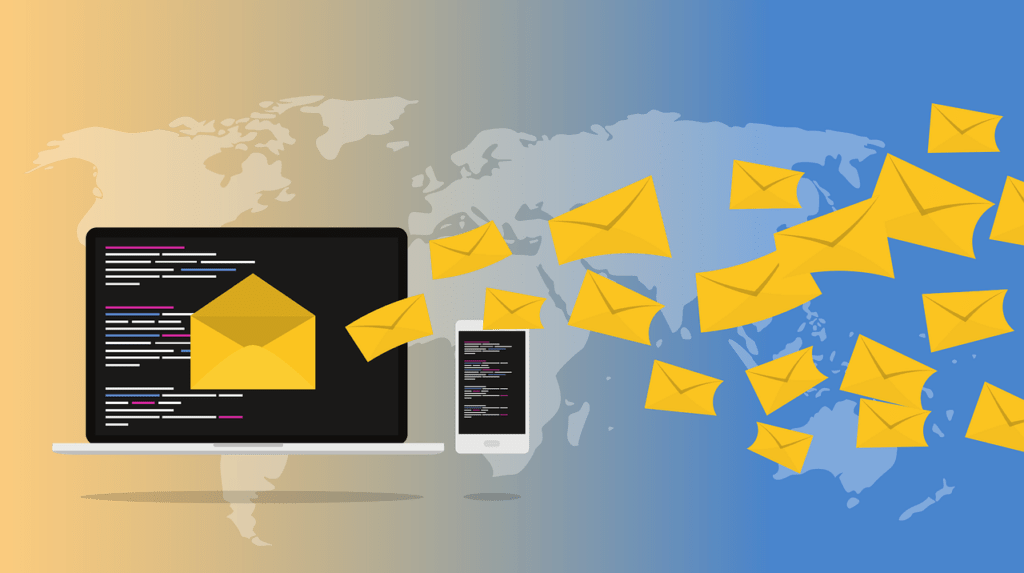This week was Microsoft Ignite. After Build, where Microsoft set the bar for large-scale events, I was expecting to be impressed. Microsoft didn’t disappoint, and they made several improvements event over event to increase engagement. While none of these events have been able to fully replace in-person conferences with these latest improvements, plus what Microsoft announced at Ignite, I can now see how they could.
Let’s explore that this week as we talk about the future of online events, which may be the future of all large-scale events. (As I write this news that the COVID-19 virus is mutating suggests that a vaccine will have uneven results much like the flu vaccine does, suggesting going back to work for many of us may not happen in our lifetimes).
Let’s talk about the future of online events this week.
The Problems with Online Events
If I were to net the problem out, it is that the industry, even after decades of messing with video conferencing, still hasn’t figured out how to do it right. The historical problem is that vendors seem to think the requirements for an engaging event are some buffet of features you can pick and choose from, leaving critical capabilities off the list.
Events like this have problems similar to network TV shows in that people can walk away, turn down the volume, change the channel (in this case the web page), or turn the thing off and no one will know the difference. The audience could be playing video games, and the presenter has no way of knowing they have lost their audience. Worse, much of the content is pre-taped, so there is no way for a presenter, even if they did know, to mix up their presentation to get the attention back.
Some of these problems exist in physical events because I’ve spoken in front of large crowds and have been unable to see the audience due to the stage lights, so I’m not even sure they are still there by the end of my talk. Now few speakers at these events are skilled enough to mix things up, but in a virtual event, you could use test audiences, instant feedback, and question cadence and content to determine if the audience was leaving and shift the content to get them back.
Now with online events, speakers that are used to feeding off the audience can’t, and the audience doesn’t feel like they are part of a group, so jokes tend to fall flat, there is no real sense of interest, and even the best speakers can become insecure with their content.
At Ignite, Microsoft showcased and announced capabilities that could address most of these problems.
Microsoft’s Online Event Fixes
At Ignite, Microsoft improved on their last event (Build) effort. More events were pre-taped, giving them a far more polished look and feel, and given their live sessions at Build didn’t react to audience input, this was a net gain without visible compromise (which otherwise wouldn’t have been the case). People could instantly respond to what they saw using an emoji interface similar to Facebook and YouTube use on their live events.
At Build, Moderation was uneven and often felt forced; at Ignite, it came across much like an experienced news team does on the air, with insights, comments, and humor that felt professional and was far more entertaining. Practice and experience can make a huge difference, and my performance on TV improved a great deal after I went through training to be a news anchor. At both Build and Ignite, sessions were generally short, consistent with best practices, but at Ignite, they ran the content all night so people in different time zones or unable to view the sessions during the day could still see them.
I found I could keep Ignite in the background listening to the content, and then, when something came up that interested me, I would flip to the live feed and watch the session. I was both more productive and more engaged at Ignite than I was at Build as a result (and Build wasn’t poorly done, it just felt far less polished than Ignite did).
Conferences 2021
Now Microsoft announced several things that could—and I expect will—positively impact their conferences in 2021. One is embedded AI (Project Cortex is impressive), which could improve the overall experience significantly. The AI could automatically set up the conference schedule for an attendee based on what Microsoft knew about them, and what they learned from them during the events they attend over time. The AI could also group attendees by their affinities and form dynamic discussion groups using breakout rooms to facilitate discussions during the talks. Part of why you go to events is to meet people. Microsoft had enabled that capability but getting people into that section and getting them to interact seemed problematic, suggesting that an AI relationship-building component would be well received. It would also become a good showcase on how to use AI to increase engagement effectively.
For Microsoft Teams, the company showcased many things that could significantly improve next year’s event. For instance, Together Mode in Teams allows a speaker to arrange their audience in a more natural audience like image, and while it doesn’t look real yet, I’ll bet they get that sorted by next year (they need to re-render the entire image). Teams <href=”#:~:text=This%20feature%20is%20designed%20to%20make%20traditional%20video,how%20they%20see%20shared%20content%20and%20other%20participants.”>Dynamic View allows the attendee to rearrange the screen to taste. This feature could allow next year’s attendees’ flexibility they have never seen before, leading to greater engagement and retention.
Automatic translation and transcription, also announced, could allow not only the delivery of more complete real-time notes but also to better collaboration between attendees that don’t speak the same language.
Breakout Rooms, which Zoom already has, could be used to form dynamic discussion groups surrounding a topic and, if moderated, more in-depth engagement. And finally, integration with RealWare wearable devices, and I expect, Hololens, will allow speakers to go into the field and showcase deployments, best practices, and benefits from various Microsoft offerings (including their Surface Neo PC and Surface Duo Phone) in natural environments or real deployments.
Wrapping Up
Microsoft set the event bar with Build and then reset it with Ignite far higher. Their advancement over a few months exceeds what we often saw in video conferencing over the years, and they aren’t slowing down. It is quickly becoming apparent that virtual events can be more effective, more productive, and safer than in-person events.
At Microsoft Ignite this year, I saw the future of online events, and it is glorious. I can hardly wait to never have to ever get on a plane again next year.



